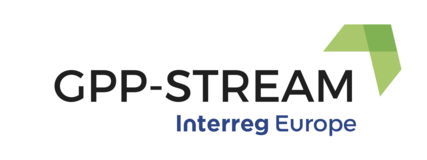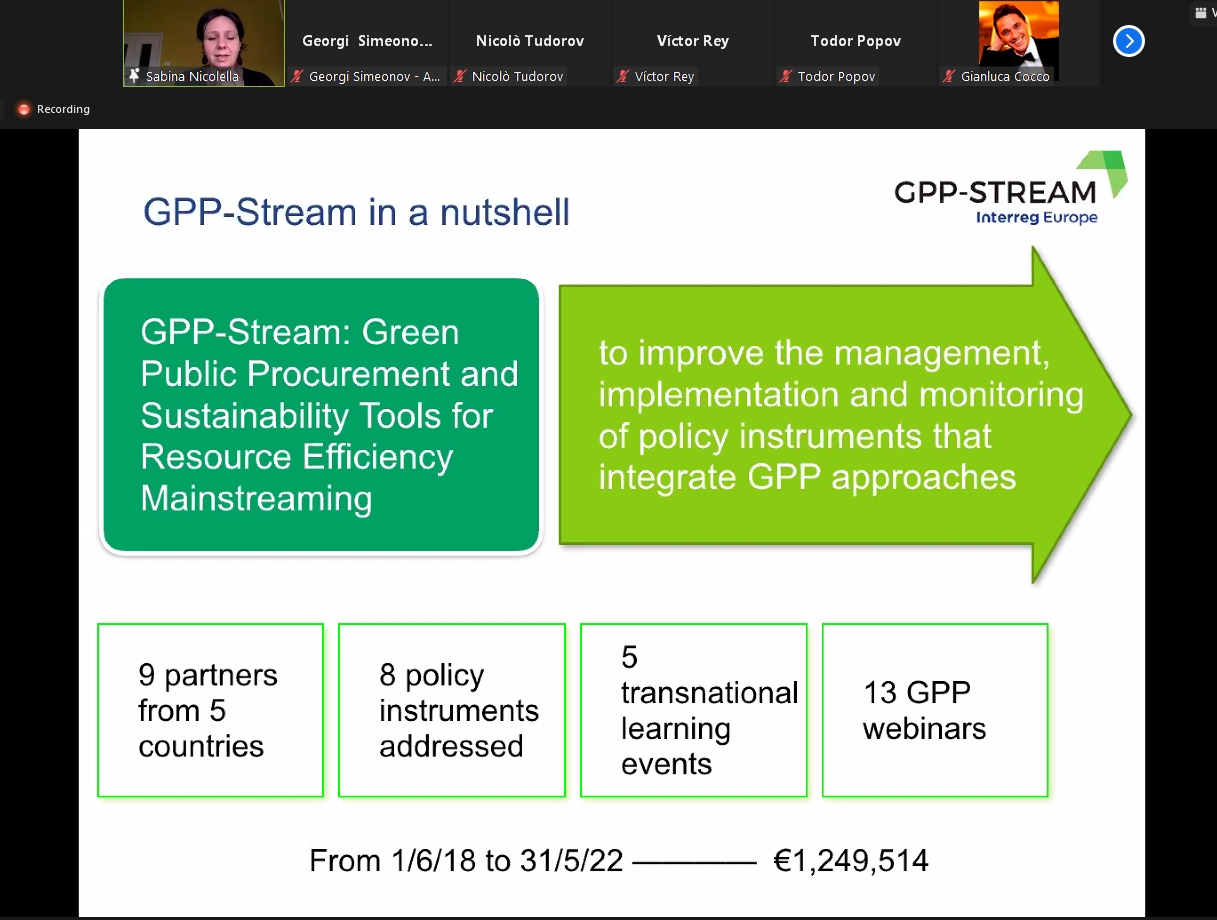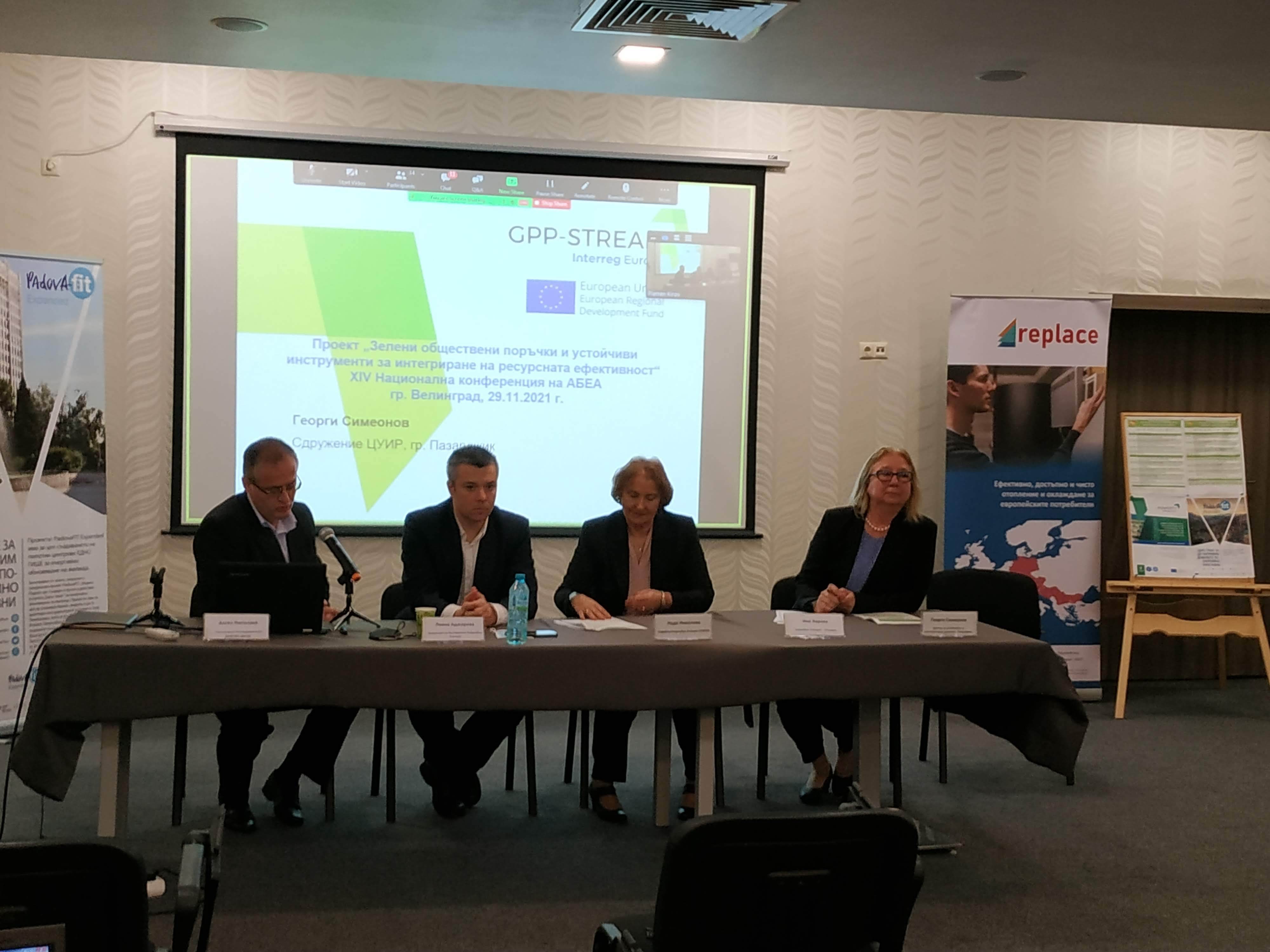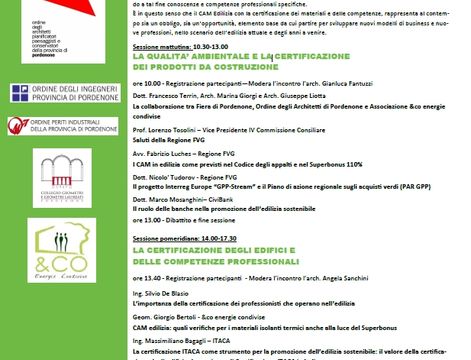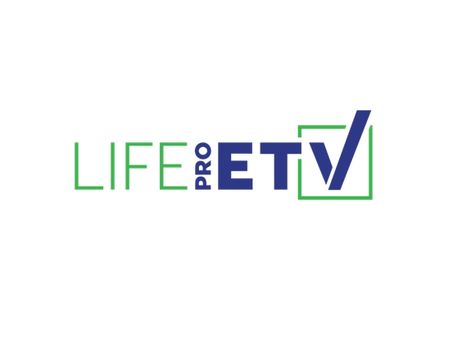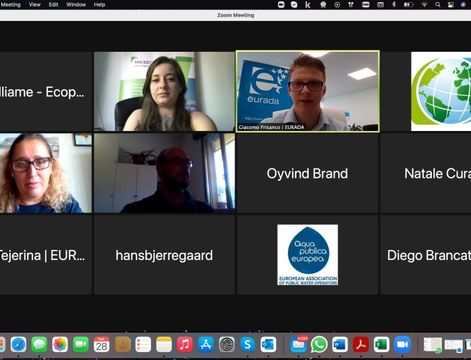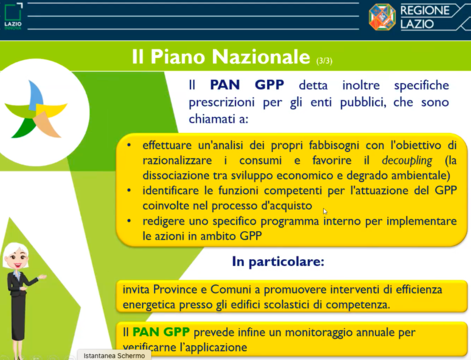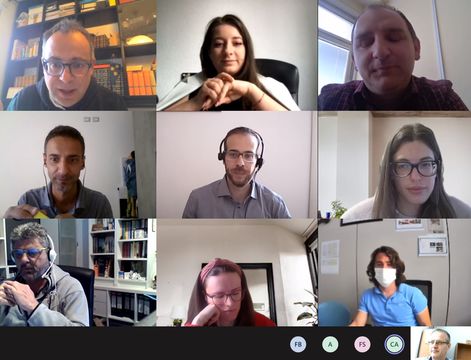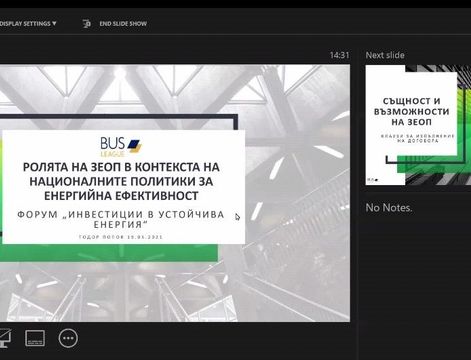In 2017, the European Parliament conducted a study on Green Public Procurement and the EU Action Plan for the Circular Economy. The study was provided by the Policy Department A (Economic and Scientific Policy) at the request of the Committee of the Environment, Public Health and Food Safety (ENVI).
The key findings of this study show how the criteria of the Green Public Procurements are contributing to the delivery of a more circular European economy by:
• introducing green public procurement policies,
• encouraging recycling,
• reducing environmental pressure,
• increasing competitiveness, innovation and growth jobs.
Procurement (and by extension the process and finance systems) need to focus on the commissioning of ‘outcomes’ so as to use demand-pull from the public sector to accelerate the transition to a more Circular Economy. This means strategically addressing the long-term changes that goods and services should achieve rather than just servicing the immediate ‘need’ or ‘want’.
Case studies of public sector procurement have shown that goods and services can be made more resource efficient when using resources in more circular ways; e.g. through inclusion of recycled content; by working in partnership with the suppliers (and users) of goods and services; and by integrating waste and disposal into procurement from the start.
In terms of scaling up best practice from pilots and case studies, the procurement process as well as financial and budgeting barriers will need to be addressed. Current processes and systems are optimized in such a way that they deliver a linear model of procurement rather than a circular model.
In order to create sustained demand-pull in the supply chain and to achieve critical mass, circular procurement should focus initially on areas where the public sector is a major client or end user (workwear, construction and infrastructure) to incentivize a more circular approach. This will help - directly and indirectly – to address the significant perception of barrier that exists in terms of supply chain risk and in a lack of confidence in innovating and supplying circular products and services.
Three elements have been identified with having a big potential to promote circular procurement:
• focusing on service instead of products;
• focus on a product`s design, using phases and end of life;
• focus on market dialogue;
The integration of the Circular Economy with other relevant policy areas such as Green Public Procurement is therefore crucial to ensuring policy coherence, optimized efforts, and to an efficient transition towards a Circular Economy. Green Public Procurement and Public Procurement of Innovation (PPI) have the potential to boost innovation, new business models and contribute to change the way public authorities conceive, use and deliver products and services.
Conceptually, the main elements of Green Public Procurement integration into the Circular Economy are:
• the range of product groups and criteria for green public procurement;
• number of priority actions for Circular Economy stated in the Circular Economy Action Plan.
The study announces that in Romania, the National Action Plan will include quantitative targets and the percentages that have been taken into consideration by now are up to 5% of Green Public Procurement by 2020. Even though the Green Public Procurement Law appeared in the Official Gazette in 2016, the Green Public Procurement-National Action Plan rules were not yet adopted in 2017, at the time of the study and to this day.
The main purposes of the Law 69/2016 regarding Green Public Procurement are as follows:
• promote environmental protection and sustainable development;
• promotion of sustainable consumption and production, as well as the resource efficiency;
• encouraging the development and application of clean and environmentally friendly technologies;
• promote social progress that favors economic development;
• ensuring efficient use of funds by promoting products, services and works with minimal impact on the environment;
• improving the quality of benefits and optimizing costs for short, medium and long term public procurement;
• the development of the internal market for green products, services, works and technologies
In supporting the aforementioned law, the Ministry of Environment and the National Agency for Public Procurement issued Order no. 1068/1652 of 4 October 2018 on the approval of the Green Public Procurement Guidelines covering the minimum environmental protection requirements for certain product groups and services requested at the level of the tender dossiers. This Guideline aims to provide information to the contracting authorities / entities about the minimum environmental protection requirements that need to be considered when drafting, in accordance with the law, the documentation for the award of green procurement contracts / framework agreements for certain categories of products and / or services.
